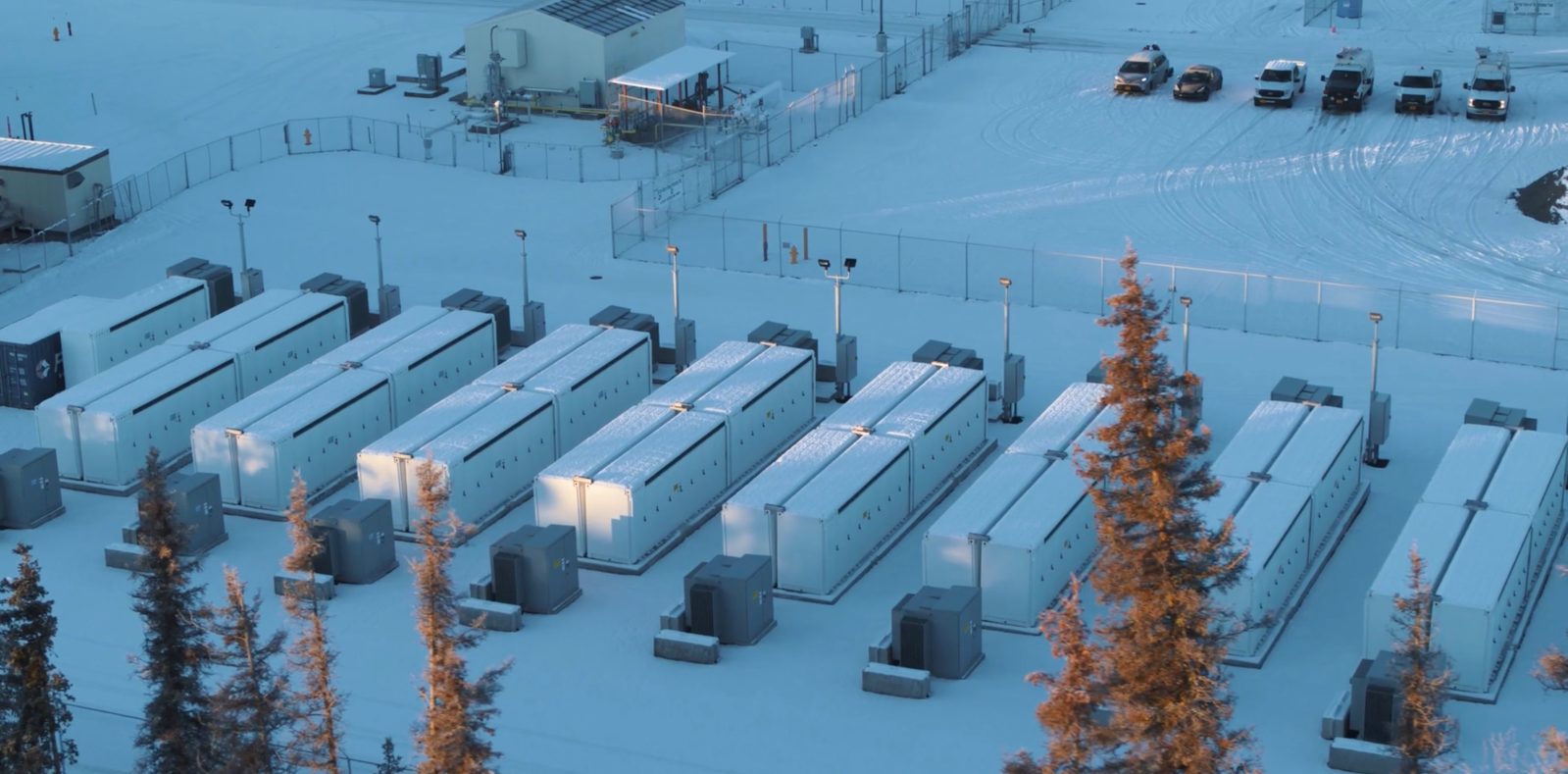
Tesla has now deployed and unveiled a big 37-Megapack project in Alaska that will help replace gas turbines with a more sustainable solution.
Homer Electric, a member-owned electric utility cooperative based in Alaska, announced the project based in Kenai Peninsula back in 2019 – shortly after Tesla first unveiled the Megapack.
The Megapack is Tesla’s latest and biggest energy storage product, following the Powerpack and the Powerwall. It is meant as an even bigger option targeting electric utility projects.
According to Tesla, a single Megapack has up to 3 MWh of storage capacity and a 1.5 MW inverter.
With a capacity of 93 MWh, the project in Kenai Peninsula was one of the biggest announced at the time, but Tesla has since delivered bigger 1 GWh Megapack systems.
Homer Electric said that the project would replace gas turbines and enable better deployment of renewable energy:
The BESS also provides a great side benefit of opening the door to renewable intermittent energy projects that would have otherwise stretched current thermal generation assets.
The project has now been deployed, and Tesla wrote about it:
Alaska’s Kenai Peninsula has historically relied on gas turbines to distribute power to the community up to four months out of the year. To reduce the community’s reliance on fossil fuels to power the turbines, Homer Electric installed 37 Tesla Megapacks, providing grid stability even in freezing temperatures.
Tesla also released a new video about the project:
It’s going to be an interesting project to test Megapack’s performance in extreme cold.
Megapack has enabled Tesla to greatly accelerate energy storage deployment toward CEO Elon Musk’s vision for Tesla Energy to become a distributed global utility, an endeavor that could even outgrow the company’s automotive business.
Tesla has also been building a new factory to build up to 40 GWh of Megapacks per year.
FTC: We use income earning auto affiliate links. More.






Comments